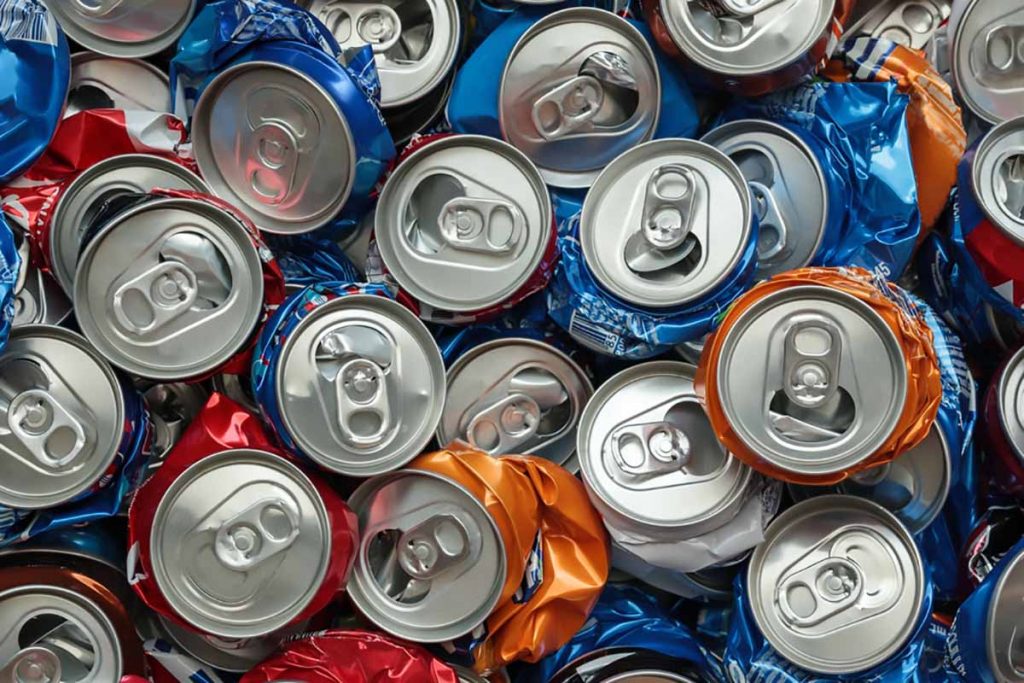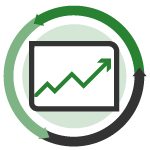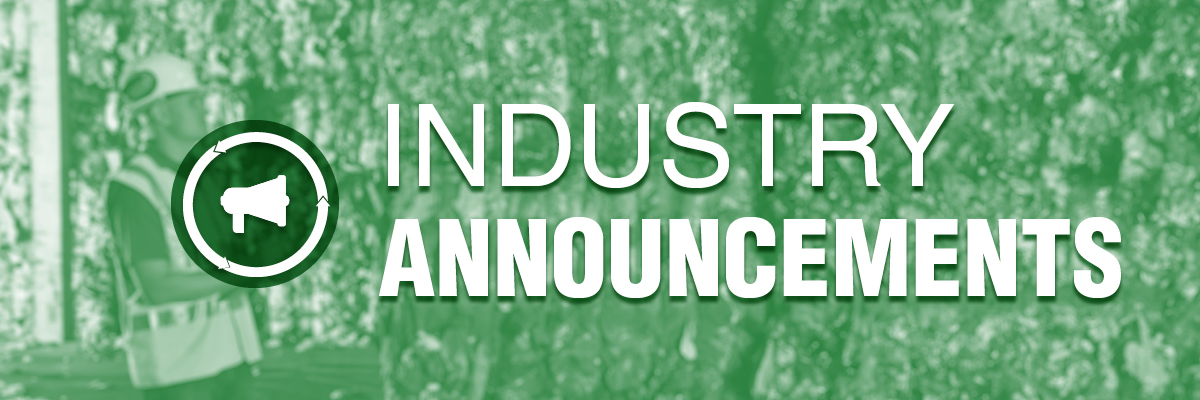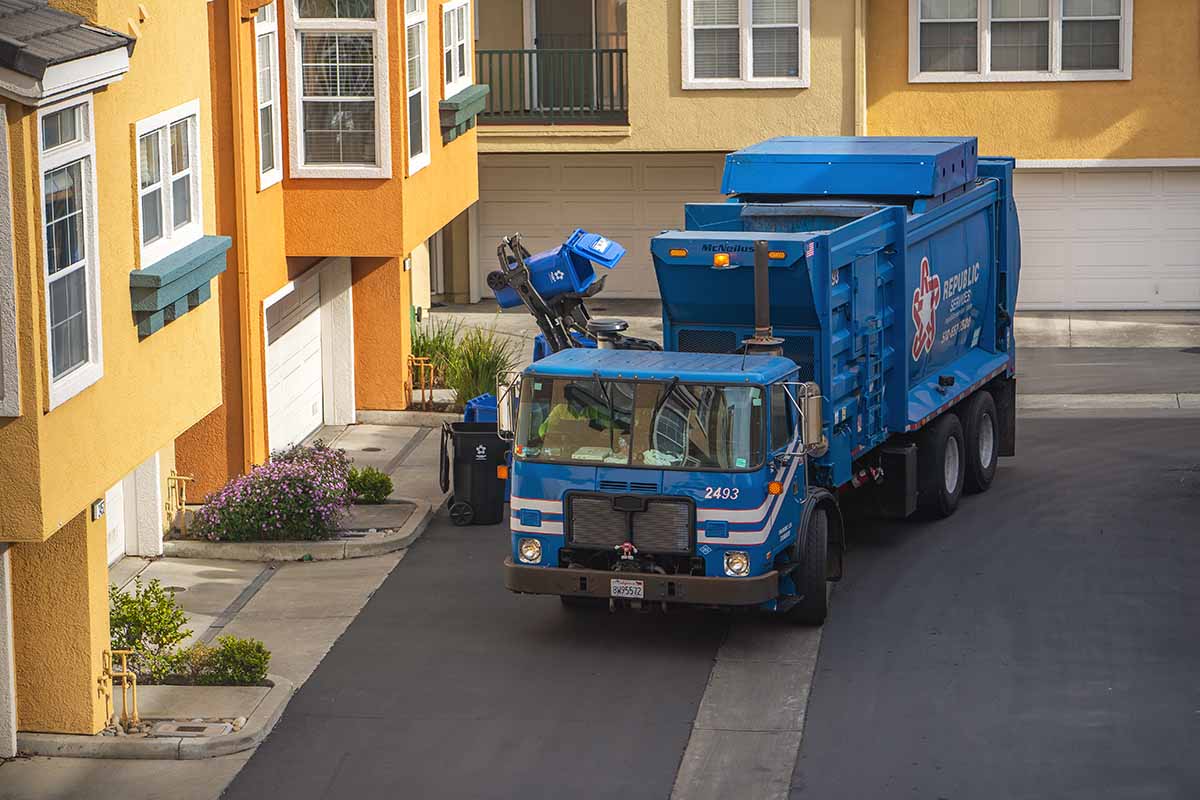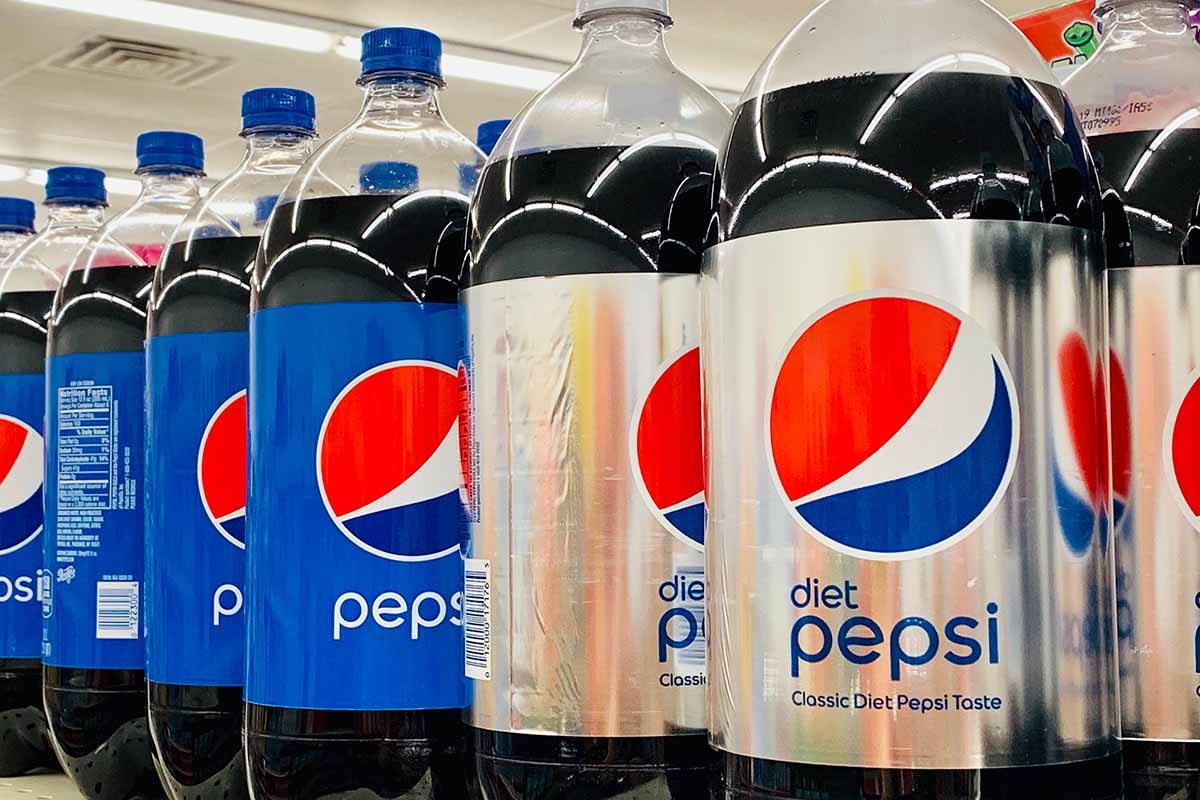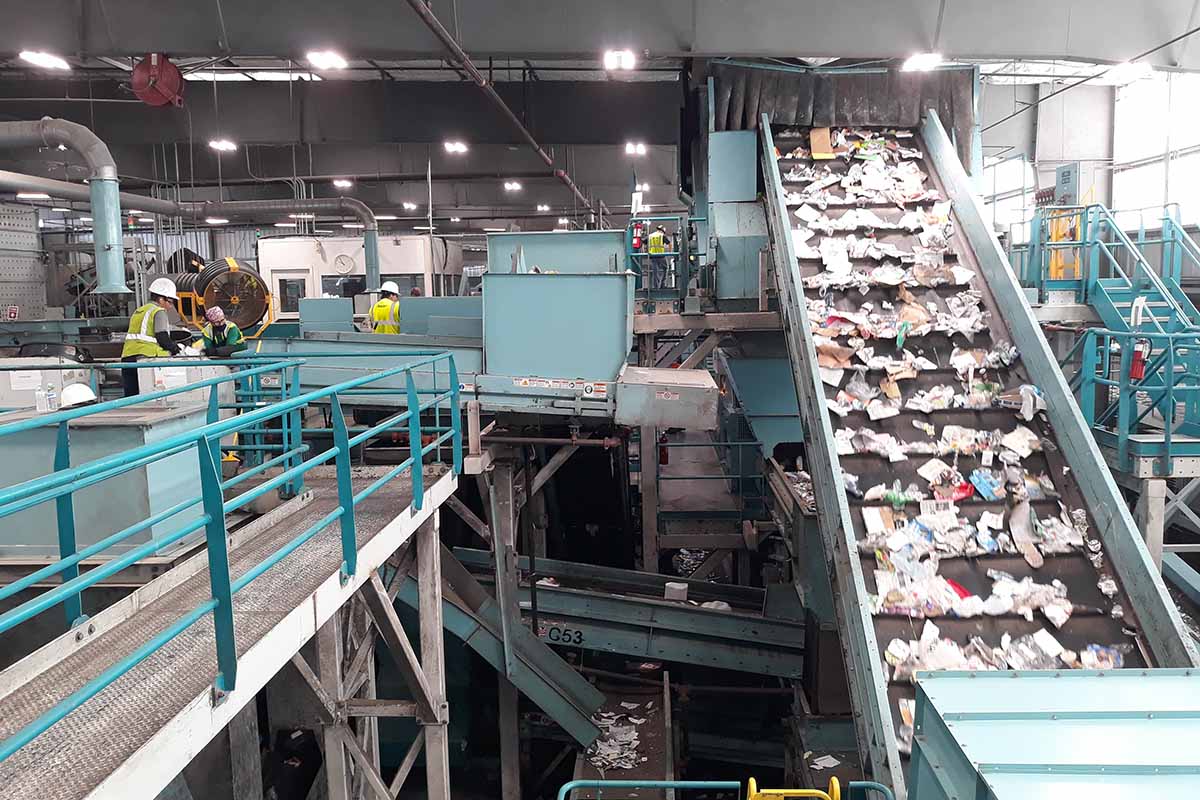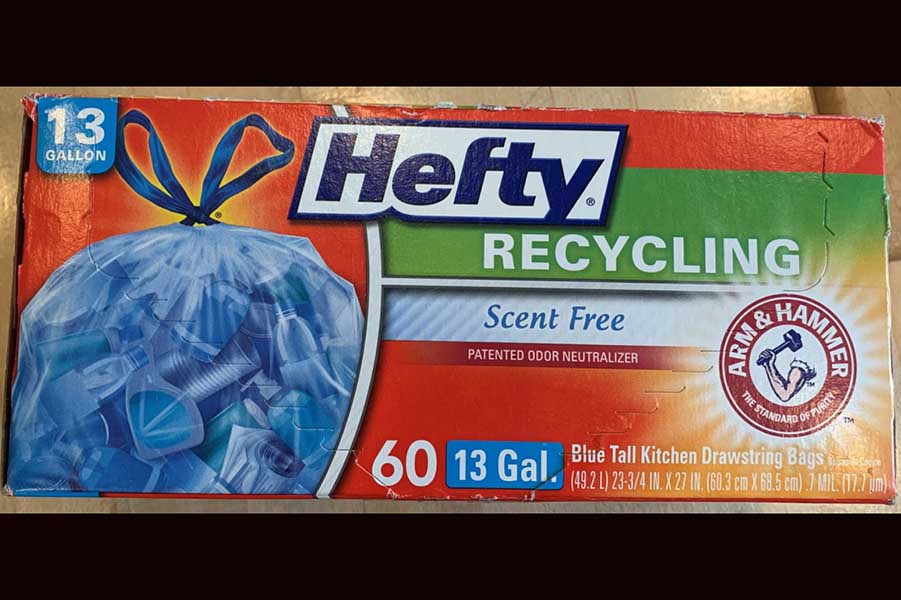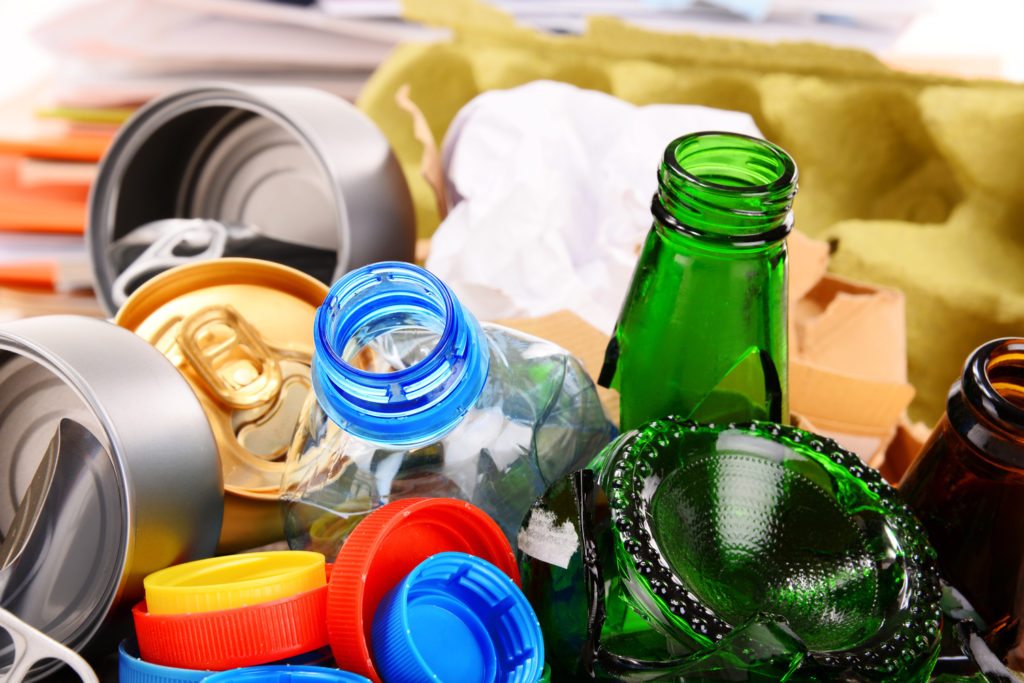
Circular Action Alliance hired Jeff Fielkow as CEO, putting him at the head of an organization with ambitious extended producer responsibility goals. | Monticello/Shutterstock
Circular Action Alliance picked Jeff Fielkow as CEO, putting the industry veteran at the head of several fast-paced plans to roll out extended producer responsibility laws for paper and packaging.



